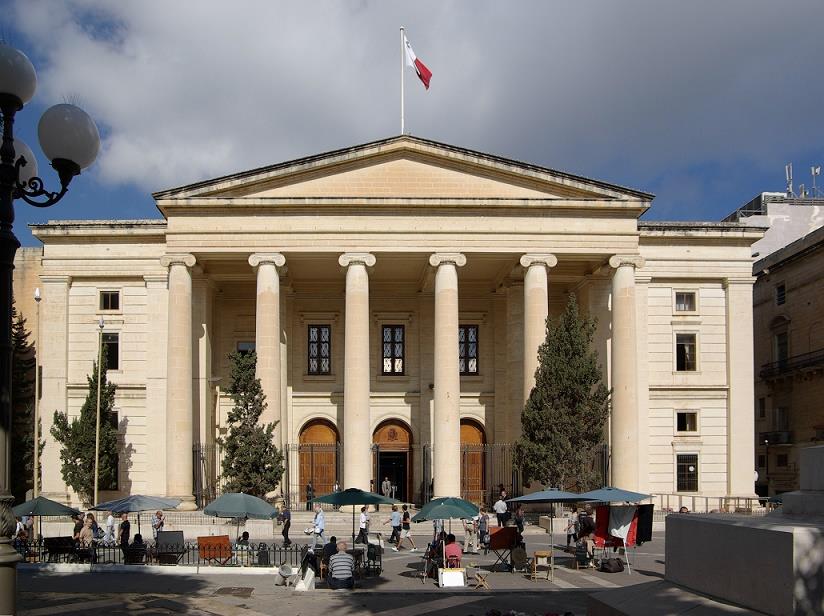On Friday the government introduced new legislation that could see a person found in possession of ‘extreme pornographic images’ being imprisoned for up to three years, fined up to €6,000, or both.
The new law, which replaces the previous Pornography and Obscenity Regulations, has now been transposed into the Criminal Code.
According to the new law, an image will be deemed as pornographic if it is of such a nature that it must reasonably be assumed to have been produced solely or principally for the purpose of sexual arousal.
An image will be deemed as ‘extreme’ if it portrays, in an explicit and realistic way an act which takes or threatens a person’s life; an act which results, or is likely to result, in a person’s severe injury; rape or other non-consensual penetrative sexual activity; sexual activity involving, directly or indirectly, a human corpse; or an act which involves sexual activity between a person and an animal or the carcass of an animal.
The new law defines an ‘image’ as a moving or still image, made by any means; or data, stored by any means, which is capable of conversion into such an image.

Images excluded from the law if it forms part of a classified film within the meaning of the Cinema and Stage Age-Classification Regulations; it forms part of any other material, whether physical or electronic, that serves the public good on the grounds that it is in the interests of science, literature, art or learning or other objects of general concern.
An image will not be excluded from the new regulations if it has been extracted from a classified work and it must reasonably be assumed to have been extracted, whether with or without other images, from the work or material solely or principally produced for the purpose of sexual arousal.
The law stipulates that nothing in the regulations should be interpreted as authorising the display of: an act of rape or other non-consensual penetrative activity; an act of necrophilia or bestiality; or a sexual act or image involving a minor.
Penalties and defence
According to amendments to the Criminal Code on Friday, a person found in possession of such images will be liable, on conviction, to imprisonment for a term from 18 months to three years or to a fine of not less than €3,000 and not more than €6,000, or to both imprisonment and a fine.
This pertains to anyone who, for gain, distribution, or for display in a public place or in a place accessible to the public, manufactures, prints, or otherwise makes, or introduces into Malta, or acquires, keeps, puts into circulation or exports, any extreme pornographic image.
Moreover, anyone who trades in such images, even in a clandestine manner, will be liable to the same punishment.

It is a defence for a person charged with an offence under the new law to show that: he had a legitimate reason for being in possession of the image concerned; he had not seen the image concerned in any material, article or communication obtained or received by him and did not know, nor had any cause to suspect that such material, article or communication contained an extreme pornographic image; he was sent the image concerned without any prior request having been made by him or on his behalf.
Such a defence would not be permissible if the person has seen, or is reasonably suspected to have seen the image, and kept the image concerned for an unreasonable amount of time; he directly and consentingly participated in the act depicted in the image.
Similarly, it would not be a defence under the law if a person shows, gives or offers for sale the image to any person who was not a direct participant in the act depicted; if the act depicted in the image involves an act of rape or other non-consensual penetrative activity; an act of necrophilia or bestiality; or a sexual act or image involving a minor.